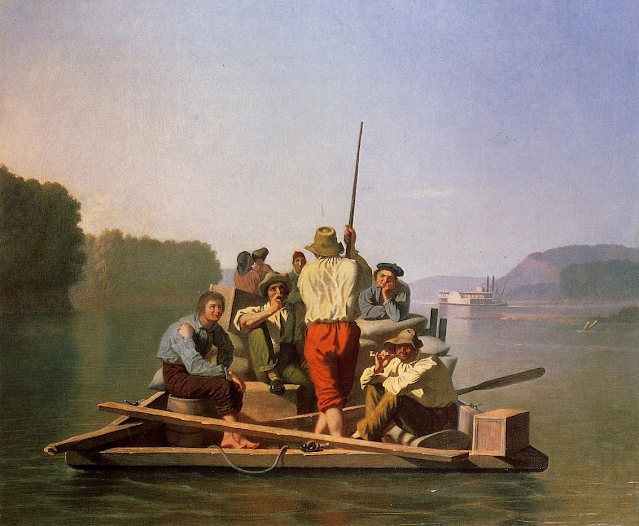Childe Hassam "The Avenue in Rain"

I probably should have saved this for the 4th of July, but that is a little far off and this work is among Childe Hassam's finest. I have known of Childe Hassam (1859 - 1935) for a very long time, but only recently did Wikimedia straighten me out about the correct way to pronounce his first name. It seems the "e" is silent; and his last name is pronounced as written, with two syllables. From what I have read, Hassam was a pretty sharp guy, and possibly a little arrogant. He created 3,000 some works of art in his career and lived his entire adult life on the proceeds of their sale. This is quite remarkable. Most artists, (at least before 1930) had to supplement their income by teaching, commissioned portraits or careers outside the art field. But Hassam figured out not only how to market his work, but also what subjects would be popular. Timing is always a big issue, and he was at the forefront of marketing impressionist paintings to Americans.



